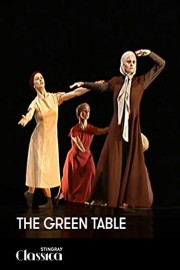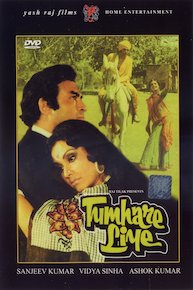The Green Table is a classic dance film that features the talented dancers of the world-renowned Joffrey Ballet of Chicago. Set during the aftermath of World War I, the film tells a story of a meeting between delegates from different countries, who gather around a green table to negotiate peace. However, their initial optimism quickly fades away as tensions and power struggles arise, and the delegates soon find themselves locked in an endless cycle of conflict.
The dance choreography of the film is based on the original work by German choreographer Kurt Jooss, which was first performed in Frankfurt in 1932. Jooss, who was deeply affected by the horrors of World War I, wanted to create a ballet that would reflect the senselessness and brutality of war, and The Green Table became his masterpiece. The choreography is divided into eight scenes, each of which represents a different aspect of war, from the initial call to arms to the final moment of death.
The film opens with a haunting image of a group of death-like figures, dressed in black and carrying coffins, who enter the stage and set the tone for what is to follow. The first scene, called "The Calling of the Males," introduces the main characters â the delegates who represent different countries â and sets the stage for the drama to come. The men march in military-style around the table, and their posturing and gestures reveal their nationalistic pride and their mistrust of each other.
As the negotiations progress, it becomes clear that the delegates are unable to find common ground, and each scene of the film depicts a different aspect of their conflict. In "The Diplomat," the delegate from the losing side tries to bargain for better terms, but his pleas fall on deaf ears. In "The Partisan," a woman representing a rebel faction is dismissed as a troublemaker and expelled from the table. In "The Old Soldier," an aged officer remembers his youthful dreams of glory and mourns the loss of his youth and innocence.
The scenes are punctuated by powerful images of war and destruction, as the dancers move seamlessly from one tableau to the next. In "The Refugees," a group of women and children huddle together, fleeing the violence and chaos of war. In "The Corpse," a lone figure lies inert on the stage, while others carry his body off ominously. And in "The Farewell," the only hope for peace seems to be lost, as the delegates bid each other goodbye and walk away slowly and sorrowfully.
The final scene, titled "The Victory," is perhaps the most shocking of all, as the delegates return to the stage in military pomp and circumstance, announcing a great victory. But their triumph is hollow, and the image of the death-like figures returns to the stage, reminding us of the human cost of war.
Overall, The Green Table is a powerful and moving film that effectively captures the futility and horror of war. The dancers of the Joffrey Ballet of Chicago are absolutely mesmerizing, and their expressive movements and facial expressions bring to life the complex emotions of the delegates. The choreography is both daring and beautiful, and the music by Frederic Cohen perfectly complements the dance, creating a haunting and unforgettable experience. This film is a must-see for fans of ballet, as well as anyone interested in the darker side of human nature.

 Stream other movies like this for free.
Stream other movies like this for free.
 Find something to watch for free.
Find something to watch for free.
 Anytime, Anywhere
Anytime, Anywhere






















